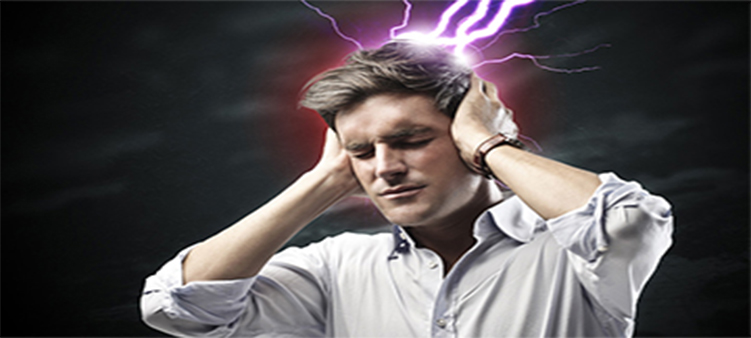Headache Overview
A headache is pain or discomfort in the head, scalp, or neck. Serious causes
of headaches are very rare. Most people with headaches can feel much better
by making lifestyle changes, learning ways to relax, and sometimes by taking
medications.
The most common type of headaches are likely
caused by tight muscles in your shoulders, neck, scalp, and jaw. These
are called tension headaches.
-
*
They may be related to stress, depression, anxiety, a head
injury, or holding your head and neck in an abnormal position.
-
*
Tension headaches tend to be on both sides of your head. They
often start at the back of your head and spread forward. The
pain may feel dull or squeezing, like a tight band or vice. Your
shoulders, neck, or jaw may feel tight or sore.
Migraine headaches are severe headaches that
usually occur with other symptoms, such as vision changes or nausea.
-
* The
pain may be throbbing, pounding, or pulsating. It tends to begin
on one side of your head, although it may spread to both sides.
-
* You
may have an "aura" (a group of warning symptoms that start
before your headache). The pain usually gets worse as you try to
move around.
-
*
These headaches may be triggered by foods such as chocolate,
certain cheeses, or MSG. Caffeine withdrawal, lack of sleep, and
alcohol may also trigger them.
Rebound headaches -- headaches that keep
coming back -- may occur from overuse of painkillers. These may also be
called medication overuse headaches. Patients who take pain medication
more than 3 days a week on a regular basis can develop this type of
headache.
-
Other types of headaches:
-
*
Cluster headaches are sharp, very painful headaches that tend to
occur several times a day for months, then go away for a similar
period of time.
-
*
Sinus headaches cause pain in the front of your head and face.
They are due to swelling in the sinus passages behind the
cheeks, nose, and eyes. The pain tends to be worse when you bend
forward and when you first wake up in the morning.
- * Headaches may occur if you have a
cold, the flu, a fever, or premenstrual syndrome.
-
* A
swollen, inflamed artery (which supplies blood to part of the
head, temple, and neck area) can occur with a disorder called
temporal arteritis.
Rarely, a headache may be a sign of a more
serious cause, such as:
- * Brain infection like meningitis or
encephalitis, or abscess
- * Brain tumor
- * Hydrocephalus
- * Problems with the blood vessels and
bleeding in the brain, such as arteriovenous malformation
(AVM),brain aneurysm, or stroke
- * Pseudomotor cerebri
- * Subdural hematoma
- * Very high blood pressure
-
When to Contact a Medical Professional
Some headaches may be a sign of a more serious illness. Anyone who has
these danger signs should seek medical help immediately:
- * This is the first headache you have
ever had in your life and it interferes with your daily activities
- * Your headache comes on suddenly and
is explosive or violent
- * You would describe your headache as
"your worst ever," even if you regularly get headaches
- * You also have slurred speech, a
change in vision, problems moving your arms or legs, loss of
balance, confusion, or memory loss with your headache
- * Your headache gets worse over a
24-hour period
- * You also have a fever, stiff neck,
nausea, and vomiting with your headache
- * Your headache occurs with a head
injury
- * Your headache is severe and just in
one eye, with redness in that eye
- * You are over age 50 and your
headaches just began, especially if you also have vision problems
and pain while chewing
- * You have cancer and develop a new
headache
